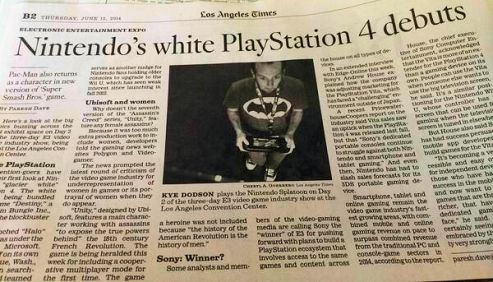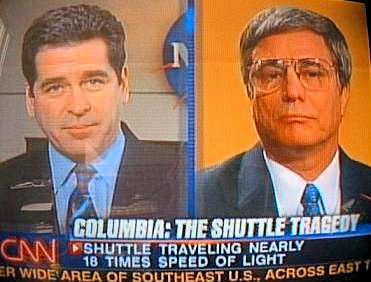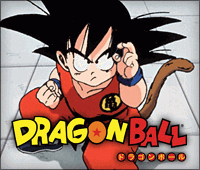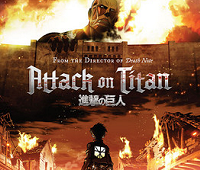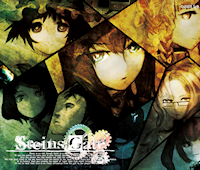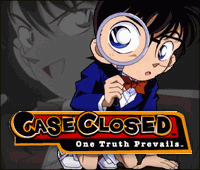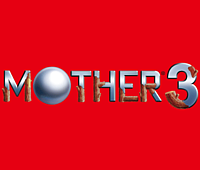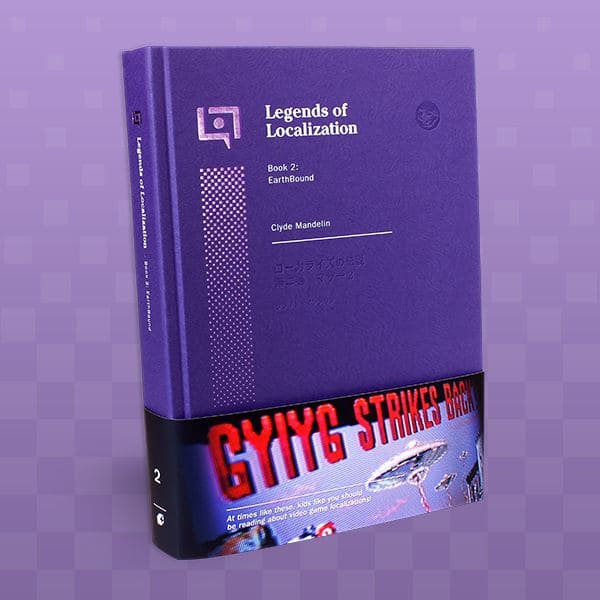The Legends of Localization series takes a detailed look at how video games and movies change during the translation process, and why these changes happen.
The Problem
You know how the news media gets things hilariously wrong whenever they talk about video games, science, or the Internet? Well, the same thing happens when they talk about translation too.
Similarly, you know how couch potatoes will watch sports on TV and yell at players as if they were super-experts who could play a million times better? The same thing happens all the time with translation and localization too.
It can be frustrating, because most online discussions about translation only focus on things non-translators can pick up:
- Punctuation, grammar, and spelling issues
- Graphical changes
- Rumors and drama passed down from elsewhere
- Personal anecdotes about personal feelings
Naturally, these discussions only touch on surface-level issues. Unless actual translators are chatting with other translators, online discussions about translation rarely go anywhere productive.
Clearing Things Up
Because of all this, I thought it’d be neat to use my professional experience to take a deeper look into how certain games have been translated. Together, we’ll:
- Look at hundreds of games and see how their translations work in action (example)
- See how English-language games were localized into Japanese (example)
- Dig into the text of popular games and see what meanings and nuances got changed (example)
- Uncover game info that never left Japan (example)
- Solve gaming mysteries that have confused players for decades (example)
- Examine aspects of Japanese culture and language that matter in translation (example)
I also see this project as a way to revisit old games I played as a kid, this time with a completely new view. Who knows, maybe it’ll be a nice, nostalgic ride for you too!
Who Am I?
My name is Clyde Mandelin, although I usually go by “Tomato” or just “Mato” online. For the last 20+ years I’ve professionally translated Japanese games, anime, movies, and the like into English. A few things I’ve worked on include:
I’ve also been a fan translator for even longer. Some of my bigger fan projects include:
Basically, I just really like translation and enjoy sharing that passion with others.
The Team
Legends of Localization was originally just a hobby thing I did on the side, but it has recently leveled up and gained some new party members.
 | Heidi Mandelin (aka Poe)Poe manages the business-y side of things and handles lots of production, research, and editing matters too. |
 | GameCatsWe recently put together a small team of paid volunteers who play games and meticulously catalog them (hence “GameCats”) for articles and projects. |
 | O.G. SanThis guy kept showing up whenever we needed stock photos, so we gave him a name and a home in every book we do. |
I’m not looking for any more party members at the moment, but if that changes I’ll update this page with new information.
Site History
It took some twists and turns, but Legends of Localization has been around a long time!
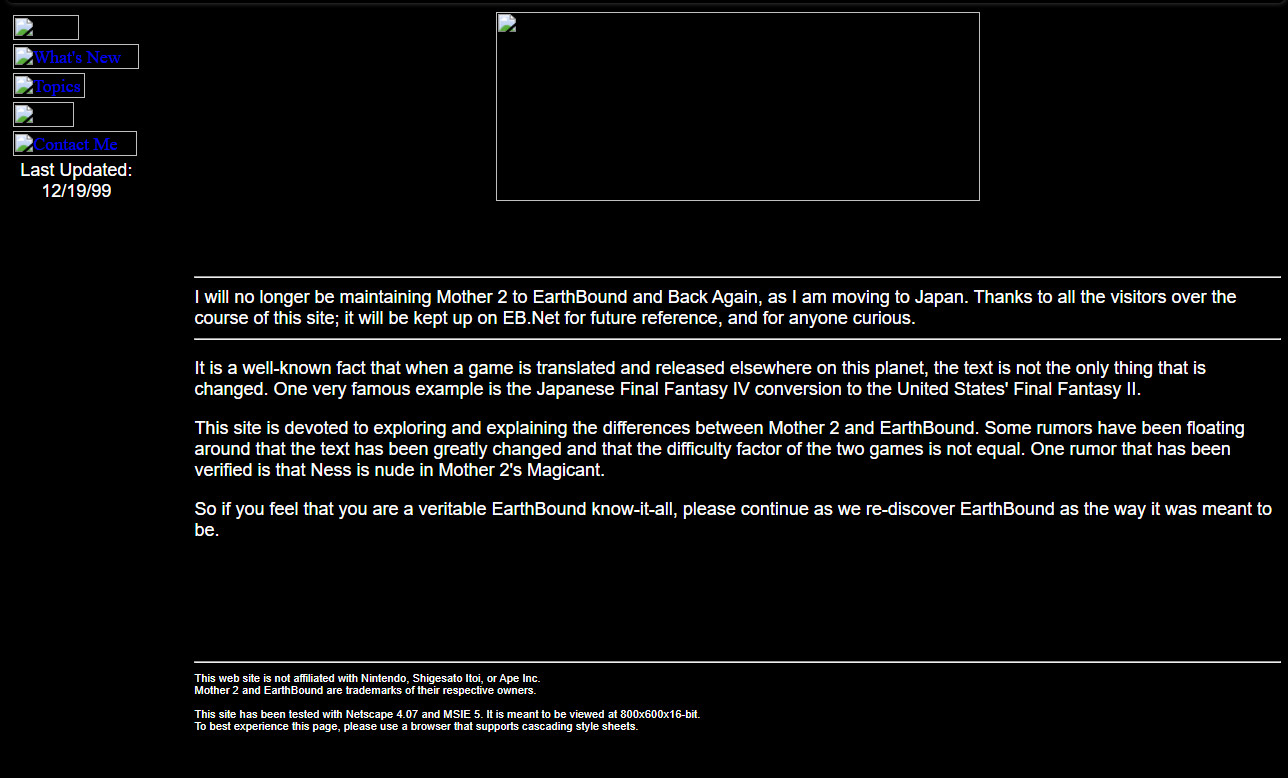
1999: I started a small webpage to compare the Japanese and English versions of EarthBound for the Super NES. It was fun, but I didn’t go too far with it.
I just really enjoyed every step of the learning, discovery, teaching, and programming processes – enough that I switched my university major from computer science to Japanese shortly after.
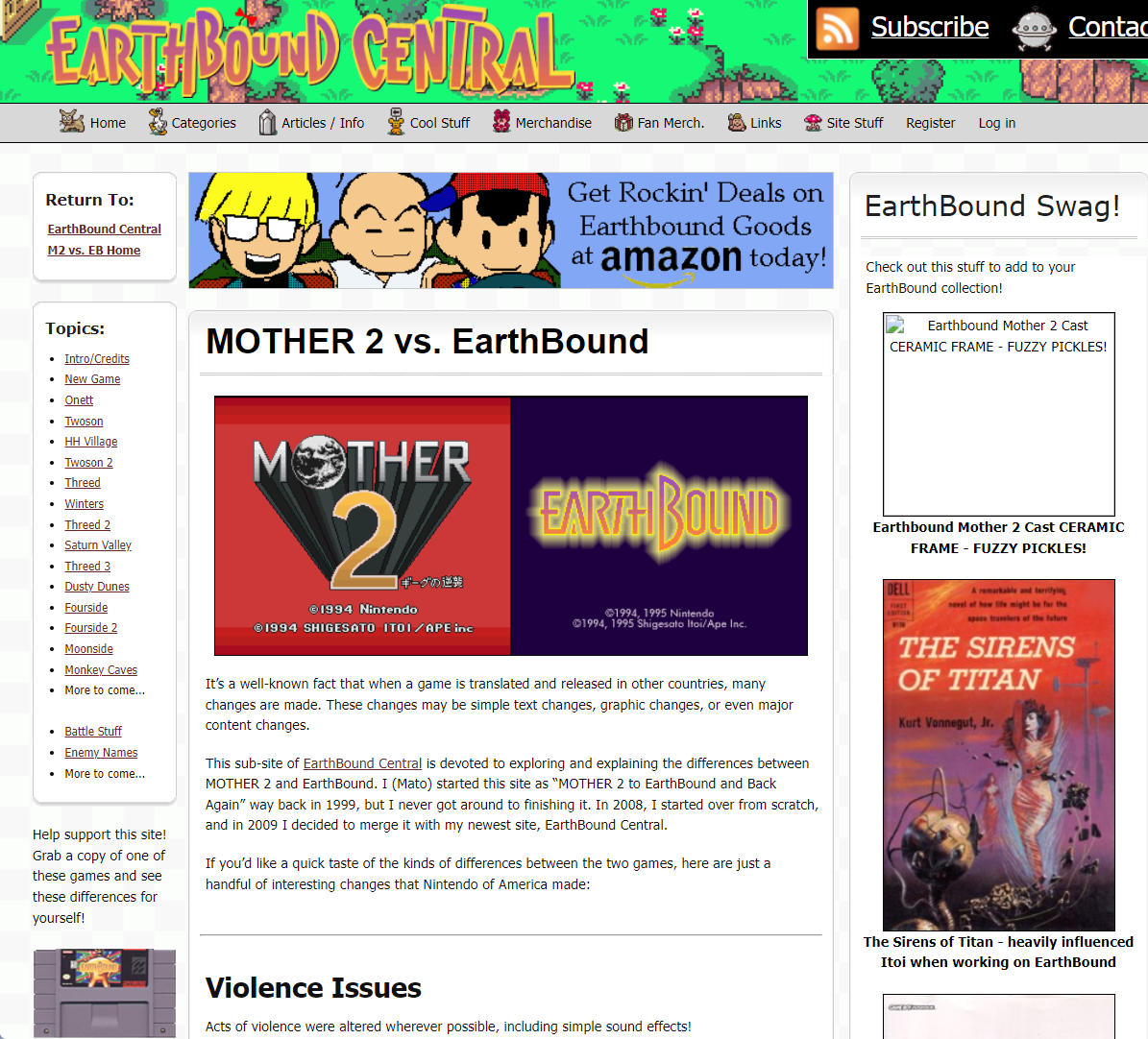
2009: After receiving my degree in Japanese and after several years of professional translation experience, I decided to revisit EarthBound’s translation on my newest site, EarthBound Central.
It took a few years, but I finally managed to compare the entire game. Naturally, I thought I was done with analyzing EarthBound and game translations.
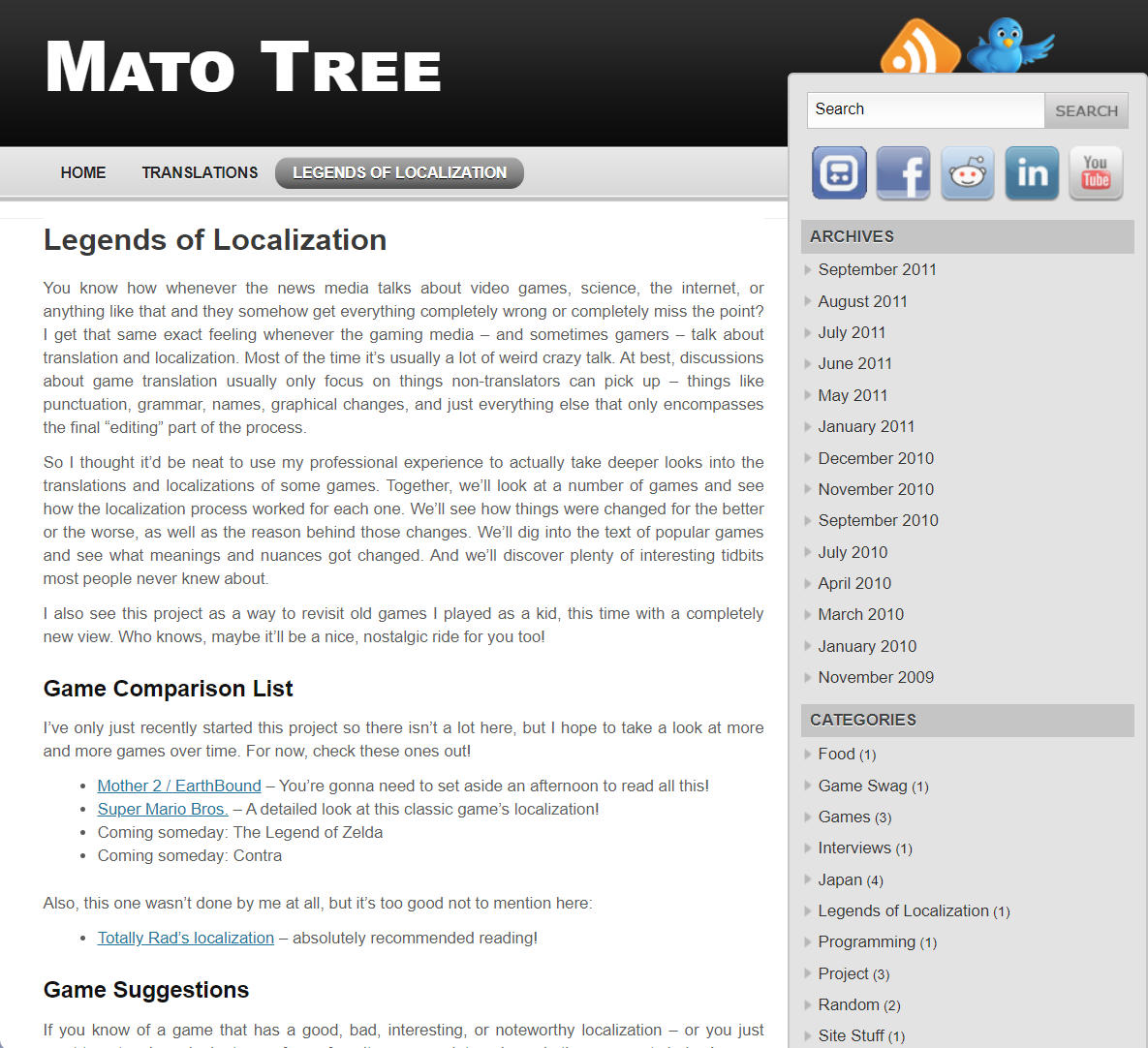
2011: I hit a bit of a rough patch – my regular translation work suddenly dried up for a while, and finding other steady translation work was frustrating. So one day, I decided, “It sucks having to scavenge for decent translation work. I’m gonna make it so translation work starts coming to me.”
I remembered my old EarthBound comparison page and how popular it had been, so I decided that I’d do something similar with a few other games: Super Mario Bros., The Legend of Zelda, and Final Fantasy IV.
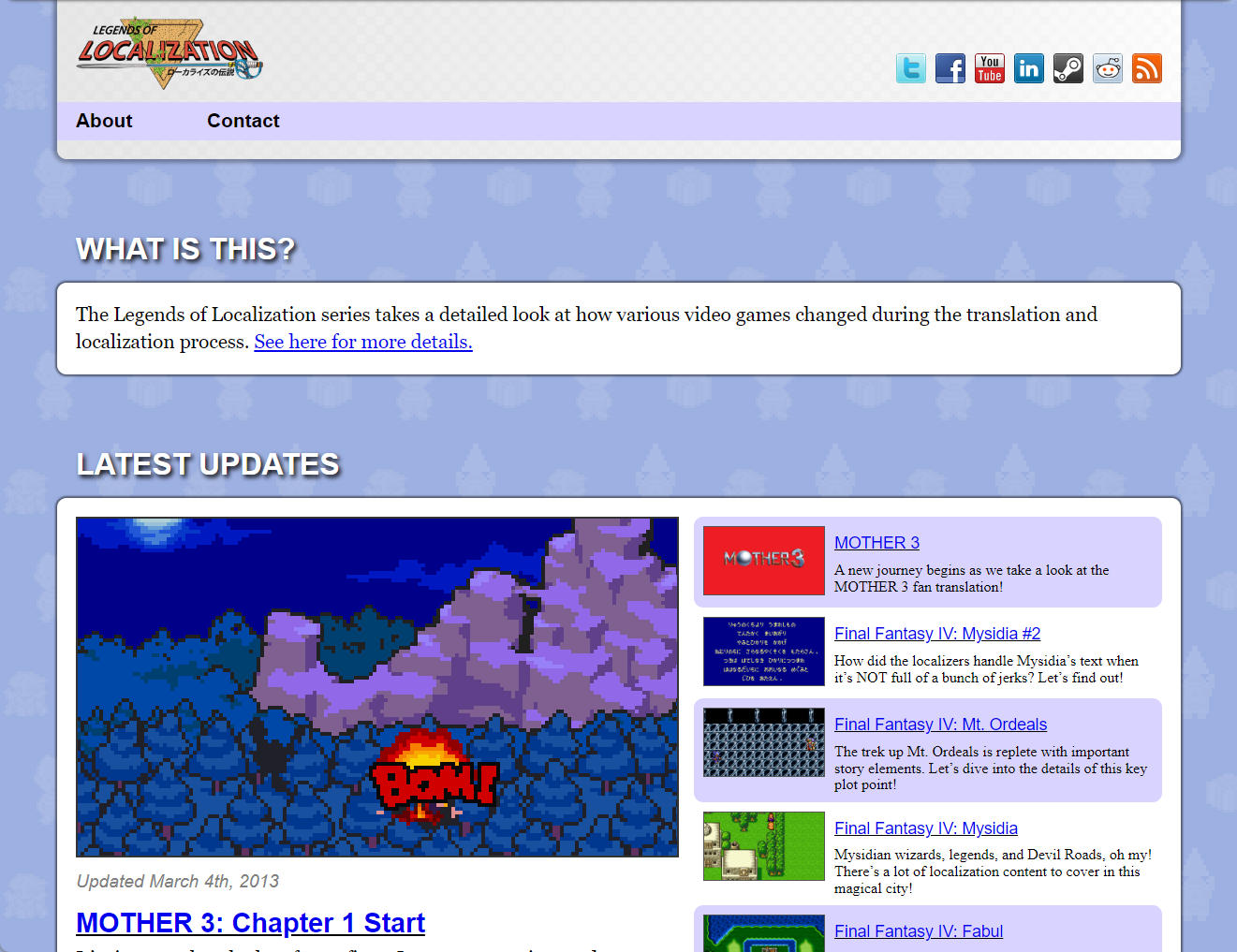
2012: My new comparison projects grew popular enough that I moved them off of my personal blog and gave them a dedicated site. And so, in late 2012, Legends of Localization was born. All my time and effort paid off – steady work started coming my way.
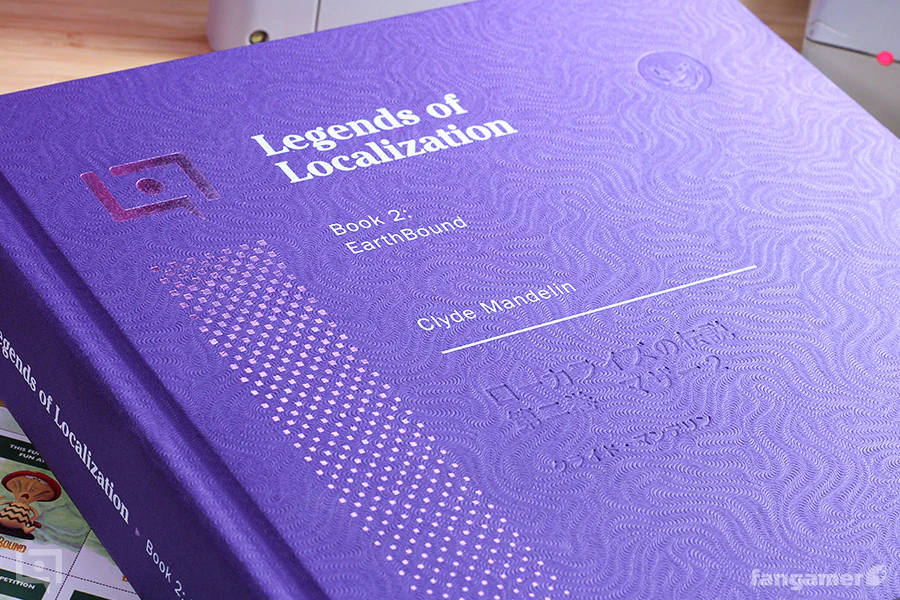
2015+ Legends of Localization grew quickly and proved popular enough that I was able to release a book in 2015. This led to even more books – including a huge, 420+ page book about EarthBound’s translation. These books, in turn, have helped me continually improve this site.
Today, I actually turn down great translation job offers so I can focus on Legends of Localization full-time. Of course, this success was only possible thanks to all the loyal fans and readers over the years. I thank you from the bottom of my heart.
Now, decades after it started, Legends of Localization materials are used in schools, cited in academic papers, and referenced by industry professionals.
Legends of Localization has also been featured on industry-related news sites and covered in several international publications. More importantly, though, I’ve done lots of interviews for student reports, class projects, and PhD dissertations. (Hopefully they all got good grades.)
Are You New Here?
If this is your first visit to Legends of Localization, here are some great places to begin your exploration:
- What is Localization? (this is one full chapter from my Undertale book)
- Free preview PDF of my EarthBound book
- My ever-growing catalog of bad video game translations
- Some of my favorite articles for newcomers
- My excessively detailed look at Final Fantasy IV’s translation
- What happened when I asked Google Translate to translate an entire game for me

